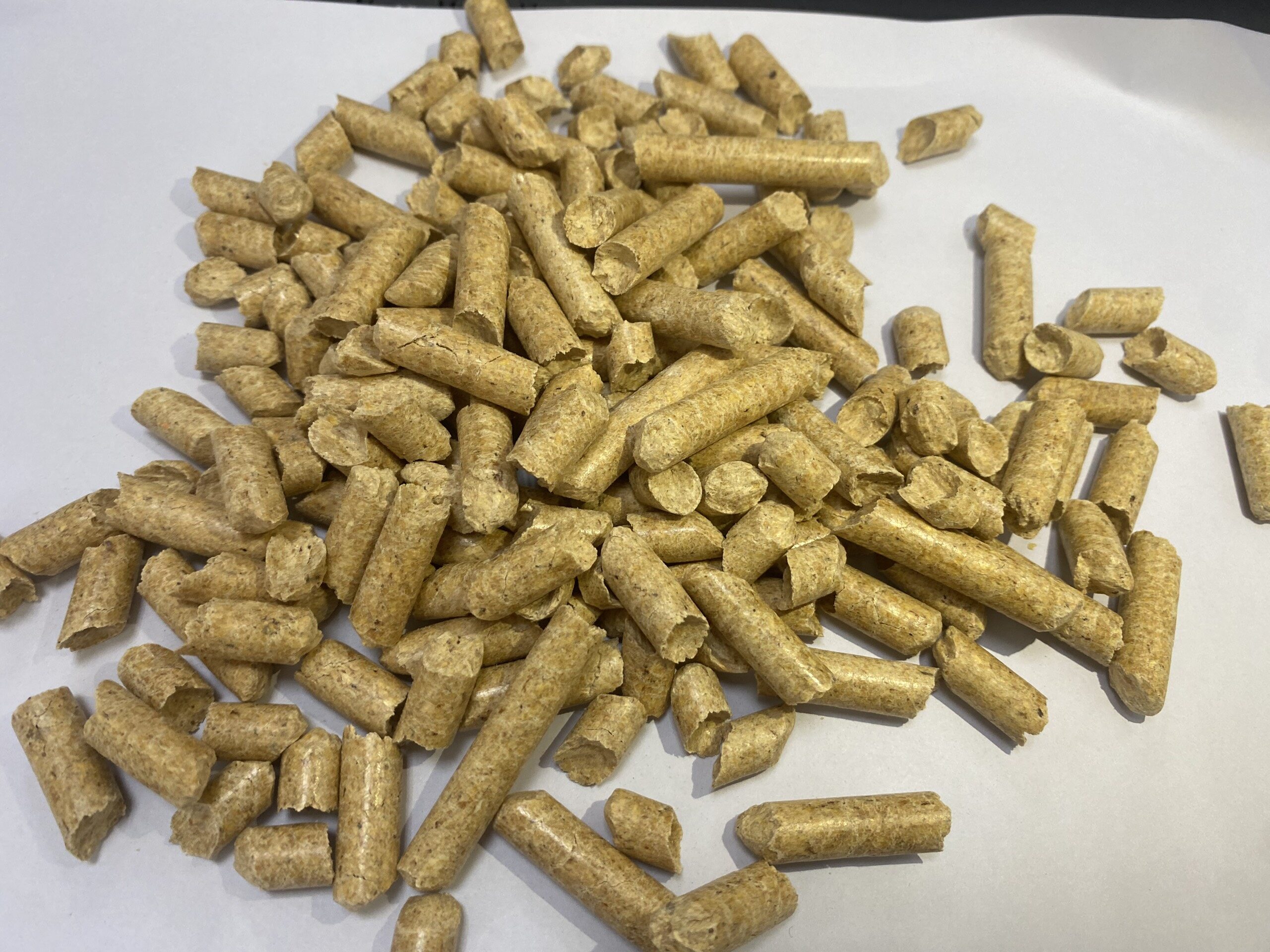Introduction
In recent years, there has been a growing awareness of the need for sustainable and environmentally friendly practices in all areas of life, including animal care. For horse owners, choosing the right bedding is not only about ensuring the comfort and health of their animals but also about minimizing their environmental impact. Pine wood pellets have emerged as an excellent choice for horse bedding, offering both practical benefits and significant environmental advantages. This article will explore the environmental benefits of using pine wood pellets for horse bedding and why they are a sustainable option for conscientious horse owners.

Sustainable Sourcing of Pine Wood Pellets
Byproducts of the Lumber Industry
One of the key environmental benefits of pine wood pellets is that they are often made from byproducts of the lumber industry. Materials such as sawdust, wood shavings, and other wood residues that might otherwise go to waste are repurposed to create these pellets. This not only reduces waste but also maximizes the use of natural resources, making pine wood pellets a more sustainable choice compared to bedding materials that require fresh raw materials.
Reduction of Deforestation
Because pine wood pellets are typically made from byproducts, their production does not contribute to deforestation. The wood used to create these pellets has already been harvested for other purposes, such as lumber for construction or furniture. By using these byproducts, the production of pine wood pellets helps reduce the demand for additional logging, preserving forests and protecting wildlife habitats.
Lower Carbon Footprint
Energy-Efficient Production Process
The production process for pine wood pellets is relatively energy-efficient, particularly when compared to other bedding materials like straw or shavings. The raw materials are first dried to reduce moisture content, then compressed into pellets using mechanical pressure. This process requires less energy than producing synthetic or non-renewable bedding materials, resulting in a lower overall carbon footprint.
Efficient Transportation and Storage
Pine wood pellets are compact and lightweight, making them easier and more efficient to transport and store. This efficiency in transportation reduces the amount of fuel needed to deliver the pellets to customers, further lowering their environmental impact. Additionally, the compact nature of the pellets means that more bedding can be stored in a smaller space, reducing the need for large storage facilities and the energy associated with maintaining them.
Biodegradability and Composting
Natural Decomposition
One of the significant environmental advantages of pine wood pellets is their biodegradability. Unlike synthetic bedding materials, which can take years to break down, pine wood pellets are made from natural wood fibers that decompose relatively quickly. When used bedding is removed from the stall, it can be easily composted, breaking down into nutrient-rich soil that can be used to enrich gardens, fields, and other agricultural areas.
Reduced Waste
Because pine wood pellets are highly absorbent and expand when exposed to moisture, less material is needed to maintain a clean and comfortable stall. This means that horse owners can use less bedding overall, reducing the amount of waste produced. Additionally, the used bedding can be composted rather than sent to landfills, further reducing environmental impact.
Positive Impact on Soil Health
When composted, pine wood pellet bedding contributes to soil health by adding organic matter and essential nutrients back into the soil. The decomposed pellets improve soil structure, increase water retention, and support the growth of beneficial microorganisms. This not only benefits agricultural operations but also supports broader environmental sustainability by promoting healthy ecosystems.

Water Conservation
Absorbency Reduces Water Usage
The high absorbency of pine wood pellets means that they require less frequent cleaning and bedding changes, which can lead to significant water savings. Traditional bedding materials like straw or shavings may need to be replaced more often, necessitating more water for cleaning stalls and maintaining hygiene. By using pine wood pellets, horse owners can reduce their water consumption, contributing to overall conservation efforts.
Less Runoff and Pollution
Because pine wood pellets are effective at containing and absorbing moisture, they help reduce the amount of runoff from stalls. This is particularly important in preventing pollution, as runoff from horse stalls can contain urine, manure, and other waste products that, if not properly managed, can contaminate nearby water sources. By using pine wood pellets, horse owners can help minimize the environmental impact of their stables on local water quality.
Supporting Renewable Energy
Pellets as a Renewable Resource
Pine wood pellets are not only useful as bedding but are also widely recognized as a source of renewable energy. The same pellets used in horse stalls can be burned as biomass fuel, providing a sustainable alternative to fossil fuels. This dual-purpose use highlights the renewable nature of pine wood pellets and underscores their role in supporting a transition to cleaner energy sources.
Contribution to a Circular Economy
By using pine wood pellets for both bedding and energy, horse owners can contribute to a circular economy, where resources are reused and recycled to minimize waste. The sustainable production, use, and disposal of pine wood pellets help create a closed-loop system that reduces environmental impact and promotes long-term sustainability.

Conclusion
Pine wood pellets offer a range of environmental benefits that make them an ideal choice for horse bedding. From their sustainable sourcing and energy-efficient production to their biodegradability and positive impact on soil health, pine wood pellets are a responsible option for horse owners looking to minimize their environmental footprint. By choosing pine wood pellets, you are not only providing a comfortable and healthy environment for your horse but also contributing to broader environmental conservation efforts. As awareness of the need for sustainable practices continues to grow, pine wood pellets stand out as a bedding material that aligns with the values of eco-conscious horse owners.
